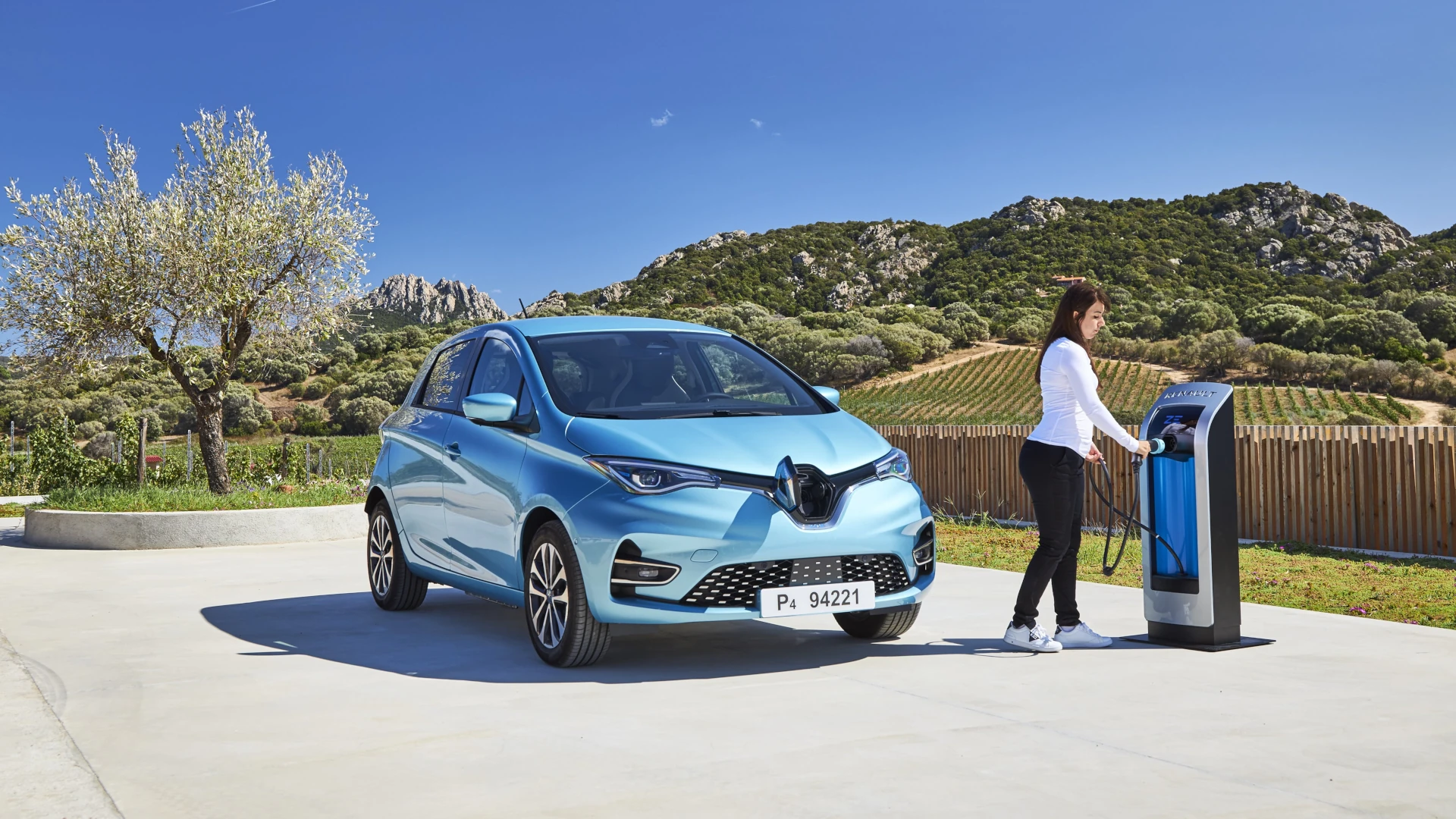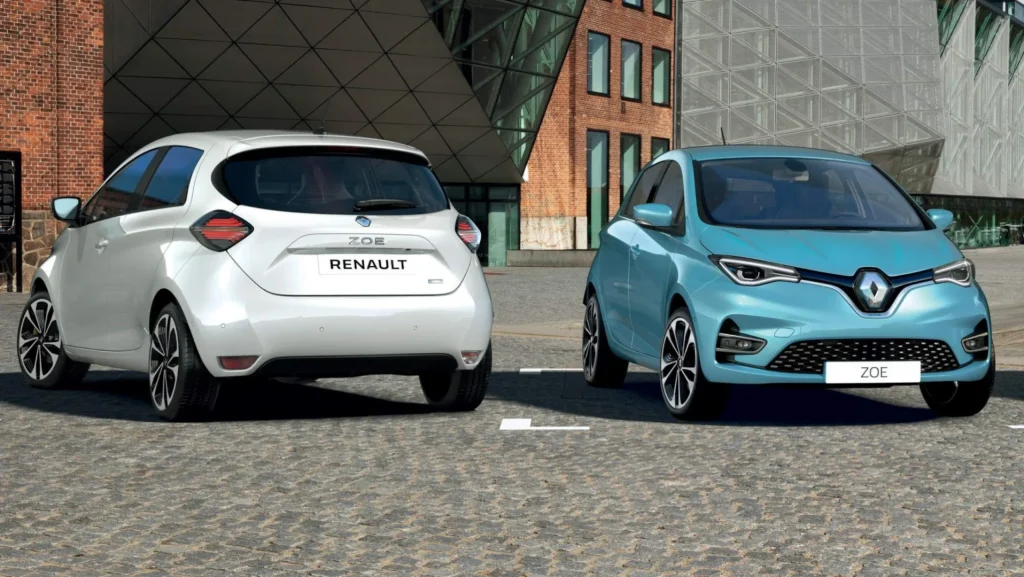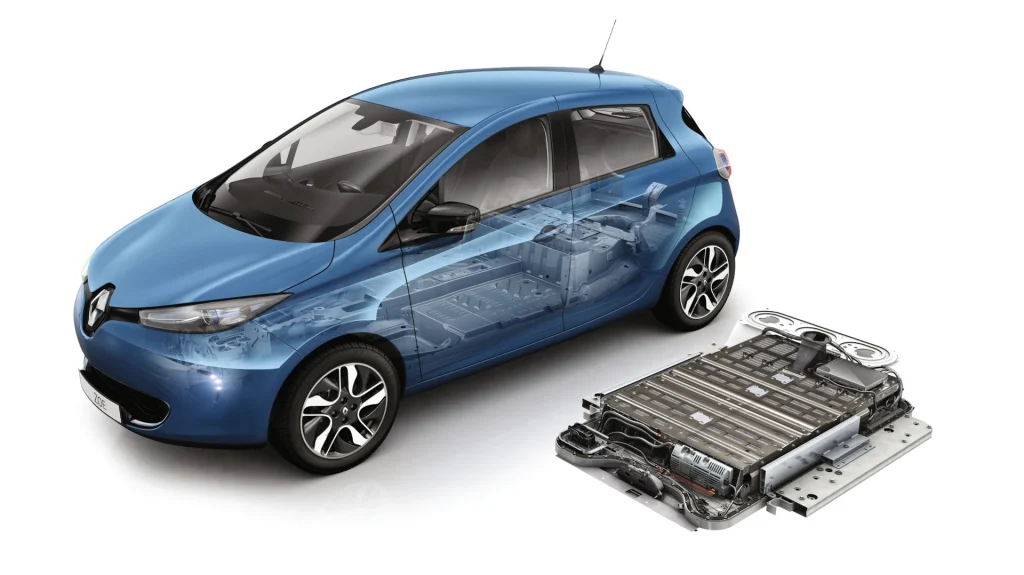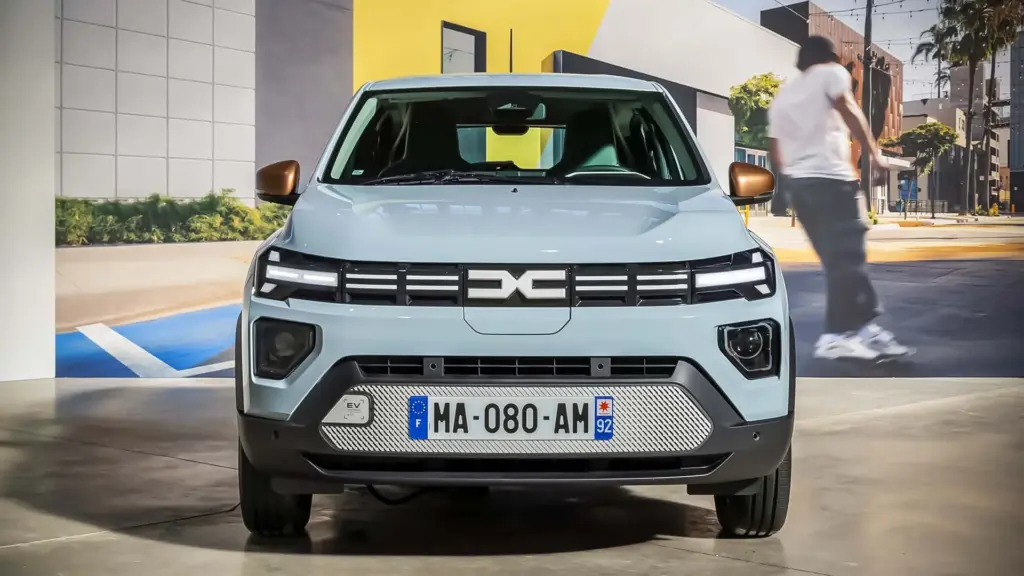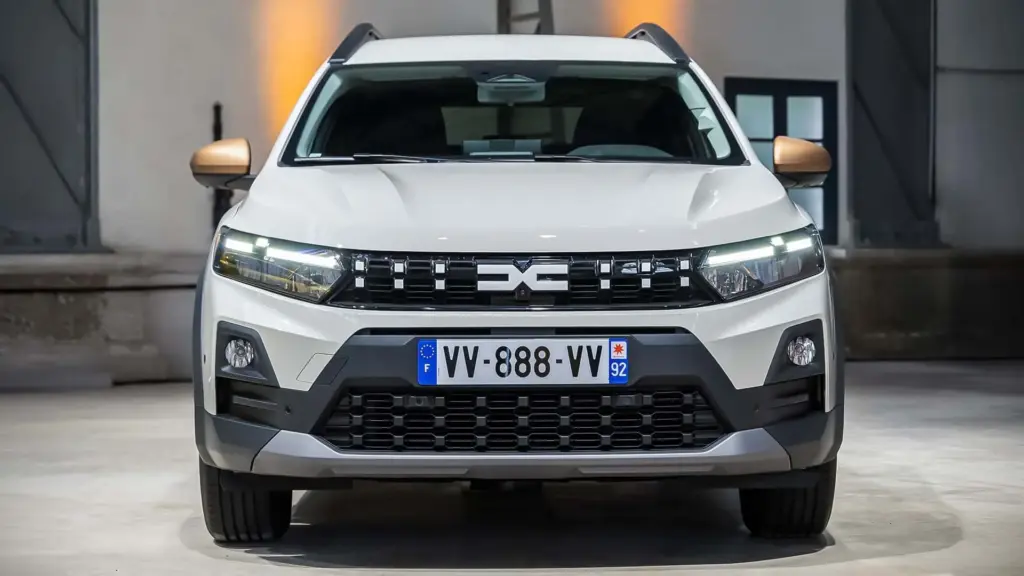In recent years, the electric car has become a viable and sustainable alternative to traditional transportation. Among the most popular models, the Renault Zoe stands out for its compact design and energy efficiency. However, this vehicle has raised concerns in some communities, particularly due to a specific issue affecting the charging experience. In this article, we will explore the challenges faced by families living near Zoe charging stations, as well as understand how its charging system, the Chameleon-Charger, works.
Electric Car: Understand the Problem with the Renault Zoe
The Renault Zoe, one of the best-selling electric car models in Europe, has faced criticism due to the high-pitched sound it emits during the charging process. Families living near charging stations report that the noise is bothersome and can interfere with the tranquility of their homes. This sound phenomenon is not present in all electric car models, raising questions about the design and technology used in the Zoe.
User experience is a crucial factor in the acceptance of electric cars in urban areas. While many drivers value sustainability and reduced maintenance costs, the noise annoyance can discourage potential buyers. This dilemma suggests that, for the full acceptance of electric vehicles, manufacturers need to pay attention not only to efficiency but also to the comfort and quality of life of the surrounding communities.
Furthermore, this situation highlights the importance of communication between electric vehicle manufacturers and local communities. It is essential that manufacturers like Renault consider the concerns of residents around charging stations. A proactive approach can help mitigate problems and improve the image of the electric car in the market.
Understand How the Chameleon-Charger Works in the Zoe
The noise annoyance generated by the Renault Zoe is directly related to its charging system, known as the Chameleon-Charger. This system is designed to operate with a charging frequency of 10 kHz, allowing for a power output of up to 22 kW. This feature results in a high-frequency noise that can be perceived by those nearby. Renault clarifies that the intensity of the sound can vary depending on the amount of energy being charged, making the phenomenon even more complex.
The main function of the Chameleon-Charger is to optimize the charging process. It acts as a power inverter, converting the direct current from the battery into alternating current for the motor during movement and vice versa when the car is parked at the charging station. This multifunctionality is one of the reasons why Zoe’s power electronics are more optimized for driving than for charging itself.
Despite its innovation, the Chameleon-Charger system presents unexpected challenges. The focus of the technology on motor performance may have led to a design that does not fully consider the acoustic comfort of users while charging the vehicle. Renault, which has already patented this system, needs to consider improvements that could reduce the sound emitted during the charging process without compromising system efficiency.
The Renault Zoe exemplifies the advances and challenges associated with the adoption of electric cars. While the technology is promising, issues such as noise during charging need to be addressed to increase the acceptance of these vehicles in urban communities. Additionally, it is crucial for manufacturers to remain attentive to the needs of consumers and the communities they impact.
Author: Fabio Isidoro
Founder and editor-in-chief of Canal Carro, he dedicates himself to exploring the automotive universe with depth and passion. A car and technology enthusiast, he produces technical content and in-depth analyses of national and international vehicles, combining quality information with a critical eye for the public.

